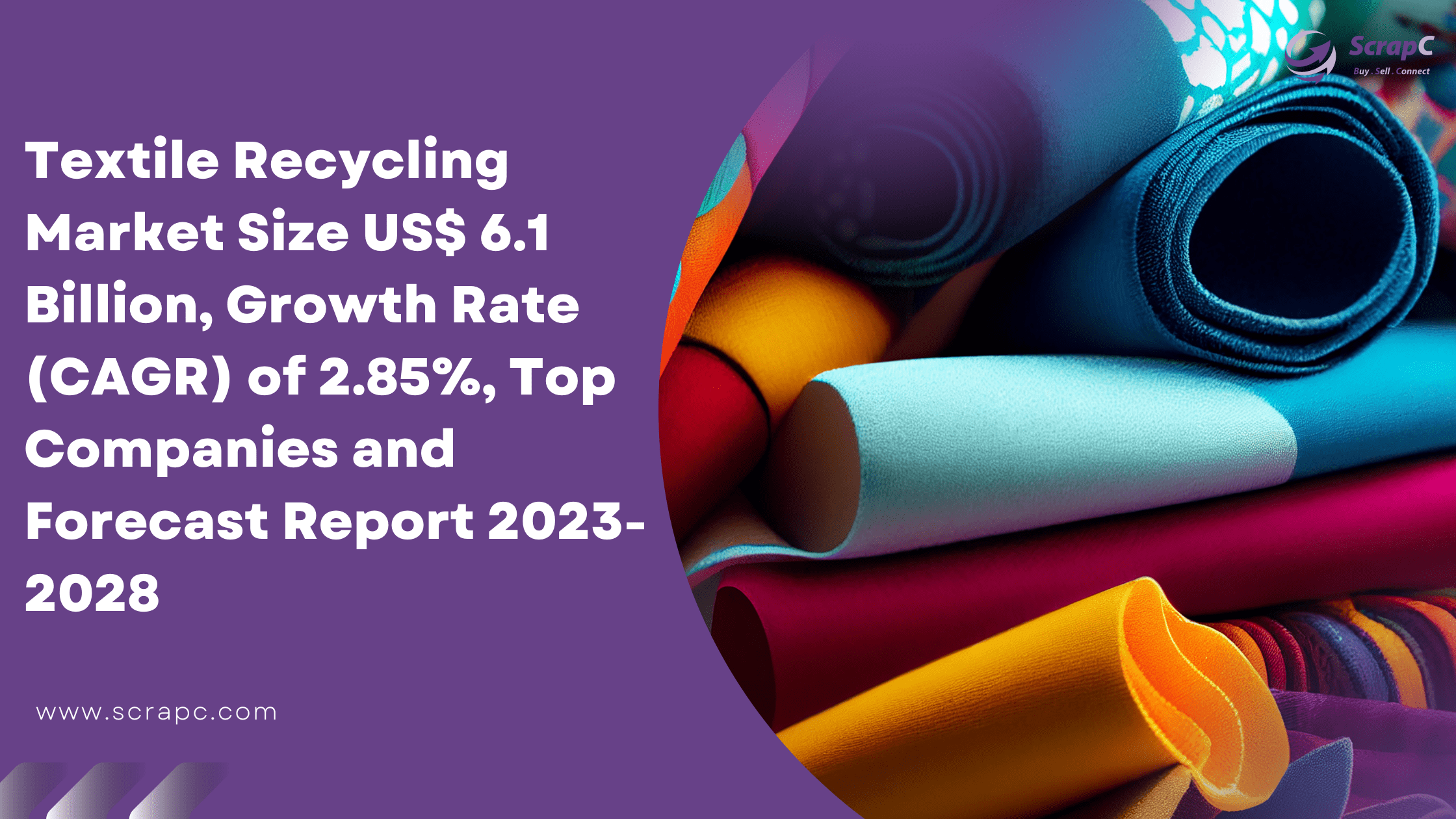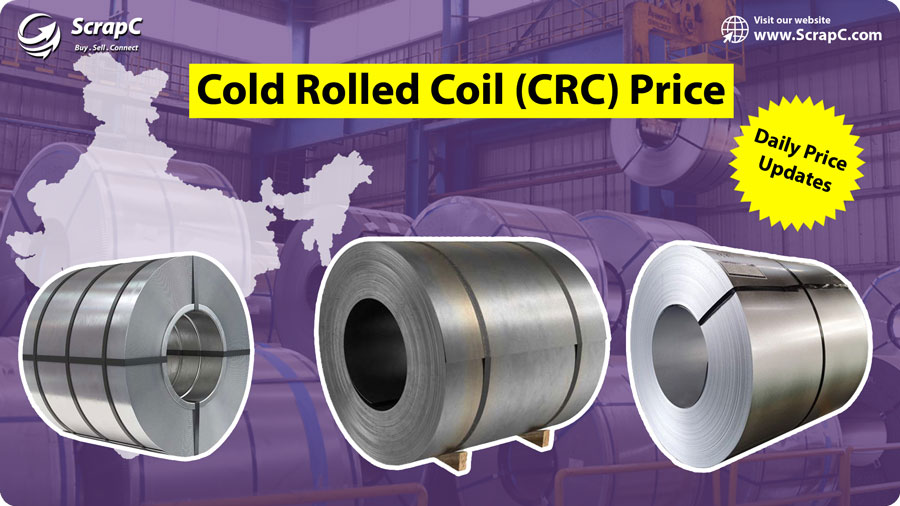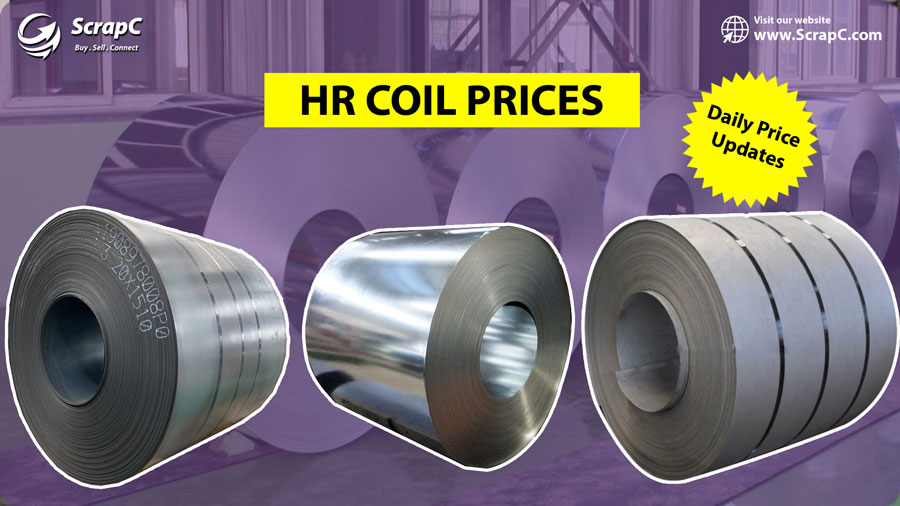The fashion sector, in particular, has witnessed a growing trend towards sustainable practices, and textile recycle is at the forefront of this movement. In recent times, the concept of sustainability has become increasingly significant, leading to a surge in environmentally conscious practices across various industries. With the textile recycling market gaining momentum, IMARC Group, a prominent market research company, has released a comprehensive report titled “Textile Recycling Market: Global Industry Trends, Share, Size, Growth, Opportunity, and Forecast 2023-2028.” This report delves deep into the industry, providing insights into the global textile recycling market, its size, trends, and growth forecasts, along with competitor and regional analysis.
How big is the textile recycling market?
According to the IMARC Group’s report, the global textile recycling market size reached a noteworthy US$ 5.2 Billion in 2022. Looking ahead, the market is expected to grow even further, reaching US$ 6.1 Billion by 2028, with an estimated compound annual growth rate (CAGR) of 2.85% during the period 2023-2028.
What is Textile Recycling?
Textile recycling is a vital component of the sustainable fashion movement and involves the process of reusing or reprocessing used clothing, fibrous material, and clothing scraps generated during the manufacturing process. This practice encompasses various approaches, ranging from repurposing textiles into rag rugs or quilts to the industrial recycling of fibers into new yarn or fabrics. The applications of textile recycling are diverse, spanning across sectors such as fashion, home decor, automotive, and industrial applications.
What are the growth prospects and trends in the textile recycling industry?
The textile recycling market is experiencing substantial growth, primarily driven by the increasing demand for sustainable and eco-friendly practices. Advancements in recycling technology have made textile recycling more cost-effective and accessible, further contributing to market growth. The global shift towards circular economies, which emphasizes minimizing waste and prolonging the usage of resources, has also fueled the demand for textile recycling solutions.
Growing environmental consciousness among consumers, coupled with concerns about textile waste, has played a significant role in propelling the textile recyclemarket forward. As the fashion industry continues to expand rapidly, there is a corresponding increase in textile waste. This surge in waste has prompted the need for sustainable fashion alternatives, unburdened by the environmental impact associated with fast fashion.
Recycled textiles are gaining acceptance due to their lower environmental impact and potential for creativity, further driving market growth. Governments around the world are actively promoting sustainable practices through regulations, and investments in recycling research are on the rise. Additionally, the emergence of textile recycle startups has injected further momentum into the market.
Rise of second-hand and thrift stores, coupled with consumer preferences for vintage styles, has also positively influenced the market outlook for textile recycle.
Who are the key players operating in the industry?
Textile recycling market boasts several key players making significant contributions. Some of the prominent companies in the industry include:
- Anandi Enterprises
- American Textile recycle
- Boer Group Recycling Solutions
- Collect
- Infinited Fiber Company
- Patagonia
- Prokotex
- Pure Waste Textiles
- Retex Textiles Inc.
- Unifi Inc.
What is included in market segmentation?
report by IMARC Group segments the textile recycle market based on various factors, providing a comprehensive understanding of the market dynamics.
The segmentation is as follows are Breakup by…
Product Type:
- Cotton Recycling
- Wool Recycling
- Polyester & Polyester Fiber Recycling
- Nylon & Nylon Fiber Recycling
- Others
Textile Waste:
- Pre-consumer Textile
- Post-consumer Textile
Distribution Channel:
- Online Channel
- Retail & Departmental Stores
End Use:
- Apparel
- Industrial
- Home Furnishings
- Non-woven
- Others
Region:
- North America
- Asia Pacific
- Europe
- Latin America
- Middle East and Africa
If you like this news…Read More…Advancing Chemical Recycling of Waste Plastics A Breakthrough Computational Approach for Predicting Product Distributions






